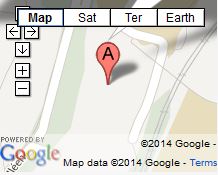The shadow economy in Norway: Demand for currency approach
Lenke til artikkel:
Forfattere:
Shima, Isilda
År:
2004
Referanse:
Memorandum
Nummer i serie: 10
Sammendrag (engelsk)
The main purpose of this study is to measure the level of the shadow economy in Norway following the demand for currency approach. The question analysed is how well does this approach capture the level of shadow economy in front of a decreasing level of currency in circulation and an increasing use of electronic payment system. In this study is found a decreasing level of the shadow economy in Norway since mid 1990s starting with 8,8 percent of the shadow economy relative to GDP in 1991, up to 10.2 percent in 1995 and there after declining to a level of 5.6 percent of GDP in 2002. The explanation for the decline of the level of shadow economy relative to GDP could be the fact of a decreasing demand for currency for transaction going along with an increase of electronic payments instruments. Also, in Norway, a broad tax reform was implemented in 1992 with the purpose of reducing tax-induced distortions by lowering the tax rates and broadening the tax base. One of the main causes of the shadow economy, is considered to be the burden of direct and indirect tax to the individuals, but the complexity of the tax system is also an important factor that may have an impact on the level of shadow economy.
Nøkkelord:
Tax evasion, shadow economy, currency demand, econometrics
JEL:
H26, E41, C22.
Prosjekt info:
Oppdragsgiver: SkattedirektoratetOppdragsgivers prosjektnr.:
Frisch prosjekt: 2411 - Svart økonomi i Norge
